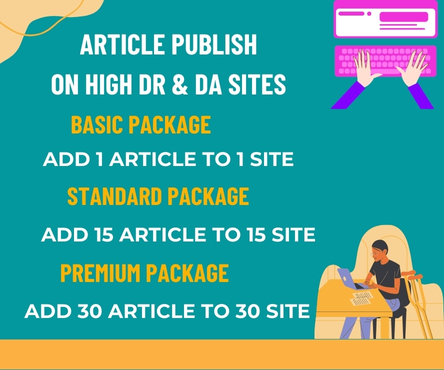Diastasis recti, often referred to as abdominal separation, is a condition that occurs when the two large parallel bands of muscles in the middle of the abdomen—called the rectus abdominis—separate due to pressure or stretching. This condition is most commonly associated with pregnancy but can also affect men, newborns, and individuals who are overweight or engage in improper core exercises. Understanding the “why” behind diastasis recti is essential for awareness, prevention, and treatment.
Why Does Diastasis Recti Happen?
The primary cause of diastasis recti is increased internal pressure in the abdomen. During pregnancy, the growing uterus pushes against the abdominal wall, and pregnancy hormones like relaxin and estrogen soften the connective tissue (linea alba) between the muscles, making separation more likely. This is a natural adaptation that allows space for the baby, but in some cases, the tissue doesn’t return to its normal state postpartum.
In men and non-pregnant women, diastasis recti can result from improper heavy lifting, repetitive abdominal strain, or obesity. These factors increase intra-abdominal pressure, causing the muscles to stretch and eventually separate. Even newborns can be born with diastasis recti if their abdominal muscles haven’t fully developed or joined at the midline.
Why Is Diastasis Recti a Concern?
While diastasis recti is not life-threatening, it can have significant physical and emotional consequences. One major concern is weakened core strength. The abdominal muscles play a vital role in stabilizing the spine and supporting everyday movement. When these muscles are separated, the entire core system is compromised, leading to poor posture, lower back pain, and increased risk of injury.
Another reason why diastasis recti matters is its link to other functional issues. Individuals with this condition may experience bloating, constipation, urinary incontinence, or a persistent “pooch” or bulge in the abdomen. These symptoms can impact both physical comfort and self-esteem.
Furthermore, if left untreated, diastasis recti can worsen over time. The weakened tissue may stretch further, potentially leading to complications such as hernias. In severe cases, surgery may be required to correct the issue.
Why Awareness and Early Action Matter
Recognizing the signs of diastasis recti is key to managing it effectively. Common indicators include a visible bulge or ridge down the center of the abdomen when straining or lifting, and a feeling of weakness in the core. Postpartum individuals are especially encouraged to check for abdominal separation before resuming regular workouts.
Early intervention through physical therapy, targeted core exercises, and posture correction can greatly improve the condition. In many cases, consistent rehabilitation can bring the abdominal muscles back together without the need for surgery.
Conclusion
Diastasis recti is more than just a cosmetic issue—it’s a functional health concern that affects quality of life. By understanding why it occurs and why it matters, individuals can take proactive steps to prevent and treat the condition. Whether through prenatal care, proper exercise techniques, or medical guidance, addressing diastasis recti early leads to stronger, healthier outcomes.

